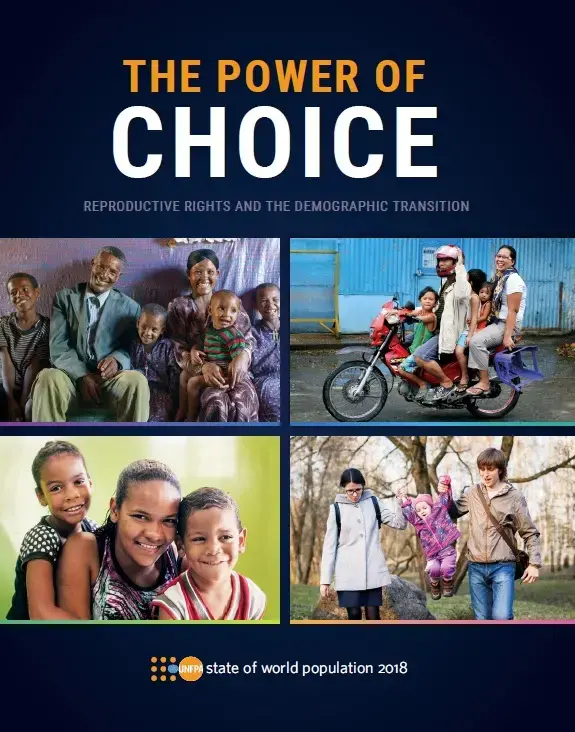The global trend towards smaller families, including in Asia and the Pacific, is a reflection of people making reproductive choices to have as few or as many children as they want, when they want. When people lack choice, it can have a long-term impact on fertility rates, often making them higher or lower than what most people desire.
Family size is closely linked with reproductive rights, which, in turn, are tied to many other rights, including the right to adequate health, education, and jobs. Where people can exercise their rights, they tend to thrive. Where these rights are stifled, people often fail to achieve their full potential, impeding economic and social progress.
แนวโน้มสังคมทั่วโลกในปัจจุบันซึ่งรวมทั้งในภูมิภาคเอเซียและแปซิฟิค คือการมีครอบครัวที่มีขนาดเล็กลง นี่สะท้อนให้เห็นถึงการตัดสินใจของผู้คนเกี่ยวกับอนามัยการเจริญพันธุ์ของตนเองว่าจะมีลูกน้อยหรือมากตามที่แต่ละคนต้องการและตามช่วงเวลาที่ต้องการ เมื่อผู้คนไม่สามารถที่จะมีทางเลือกในเรื่องอนามัยการเจริญพันธุ์ของตนเอง จะทำให้ส่งผลต่ออัตราการเจริญพันธุ์ในระยะยาว คือ ทำให้อัตราการเจริญพันธุ์ของแต่ละคนน้อยหรือมากกว่าที่ต้องการ
นอกจากนี้ ขนาดของครอบครัวยังมีความสัมพันธ์กับสิทธิอนามัยการเจริญพันธุ์ซึ่งมีความเกี่ยวเนื่องกับสิทธิด้านอื่นๆ ที่แต่ละปัจเจกควรจะได้รับ ซึ่งได้แก่ สิทธิที่จะได้รับการดูแลด้านสุขภาพ การศึกษา และการจ้างงาน เมื่อใดที่ผู้คนได้รับสิทธิ ก็มีแนวโน้มว่าพวกเขาจะมีสร้างความเฟื่องฟู แต่เมื่อใดที่ถูกฉุดรั้ง ผู้คนก็จะไม่สามารถพัฒนาศักยภาพของตนเองได้ ซึ่งเป็นอุปสรรคต่อการพัฒนาทั้งทางเศรษฐกิจและสังคม


